The centrist and progressive wings of the Democratic Party are either giving birth to a compromise to move President Biden's agenda (and their agendas) forward, or they are strangling each other.
Make no mistake, the drama on Capitol Hill this week is not only or even chiefly about whether Biden's agenda will move forward. The drama is chiefly about the health and direction of the Democratic Party. And although the Republicans of course are also players on the Washington stage — especially concerning the debt ceiling issue and a potential government shutdown — the dominant themes are controlled by the Democrats.
The centrists, especially Sens. Joe Manchin and Kyrsten Sinema, want the infrastructure bill to be passed by the House and they want a scaled-down version of the social-services-oriented $3.5 trillion reconciliation bill. The progressives, especially the group led by "the Squad "and Progressive Caucus Chairwoman Pramila Jayapal, want the full $3.5 trillion and a demand that the Senate agree to it before they vote yes on the bipartisan infrastructure bill.
The fighting from afar looks like good old fashioned leveraging and horse trading. We all know that Speaker Nancy Pelosi and Senate Majority Leader Chuck Schumer are making promises and deals behind closed doors and Biden is offering what he can to get what he can.
In this context it is useful to ask the centrists and the progressives if they are relying too much on traditional bargaining leverage and the rigidly defined concepts of their faction.
A more constructive approach at this stage is to employ resource leverage to transform the Democratic Party and better position the president to lead it. With resource leverage, a concept that has become more widely known and used in the last generation, you get the most from the least. With information technology, for example, you get 1 million emails to 1 million potential customers or voters — from one email.
The concept of leverage from ancient physics involves using a minimum input to create a maximum output with a fulcrum of some kind. With resource leverage, the levers may be social or political or economic or psychological rather than physical. Moreover, resources leveraged creatively generate new products, services and brands.
Resource leverage goes beyond traditional physical leverage and traditional bargaining leverage.
The question for the Democrats is what resources can they leverage to transform their factions and their party to serve the nation? Rather than using threats of withholding votes as leverage to get what they want, how can they leverage resources, which includes relationships, to transform their party and our country?
Presumably the solution finds a new center for the Democrats which rejects old concepts about moderation and progressivism. Legislators must break out of their molds and not only compromise but redefine.
Getting from traditional bargaining leverage and negotiations driven by threats to creative resource leveraging is extremely difficult. But greatness requires creativity and imagination and not just dedication and hard negotiating.
The solution, whatever it is, concerns the entire Democratic Party and the nation overall. In truth, any viable solution must address financial leverage as well, since the debt ceiling issue revolves around this third critical concept of leverage.
Indeed, leveraging is not only central to the strategy needed to resolve the crisis, it is central to the content of the crisis itself. This should come as no surprise since leveraging is, at least I have argued, the dominant theme of our time.
If the focus given by the Democrats is on passing the president's agenda, the effort may fail. At the same time, the one person in Washington who can transcend transactional bargaining leverage for transformational resource leverage is President Biden.

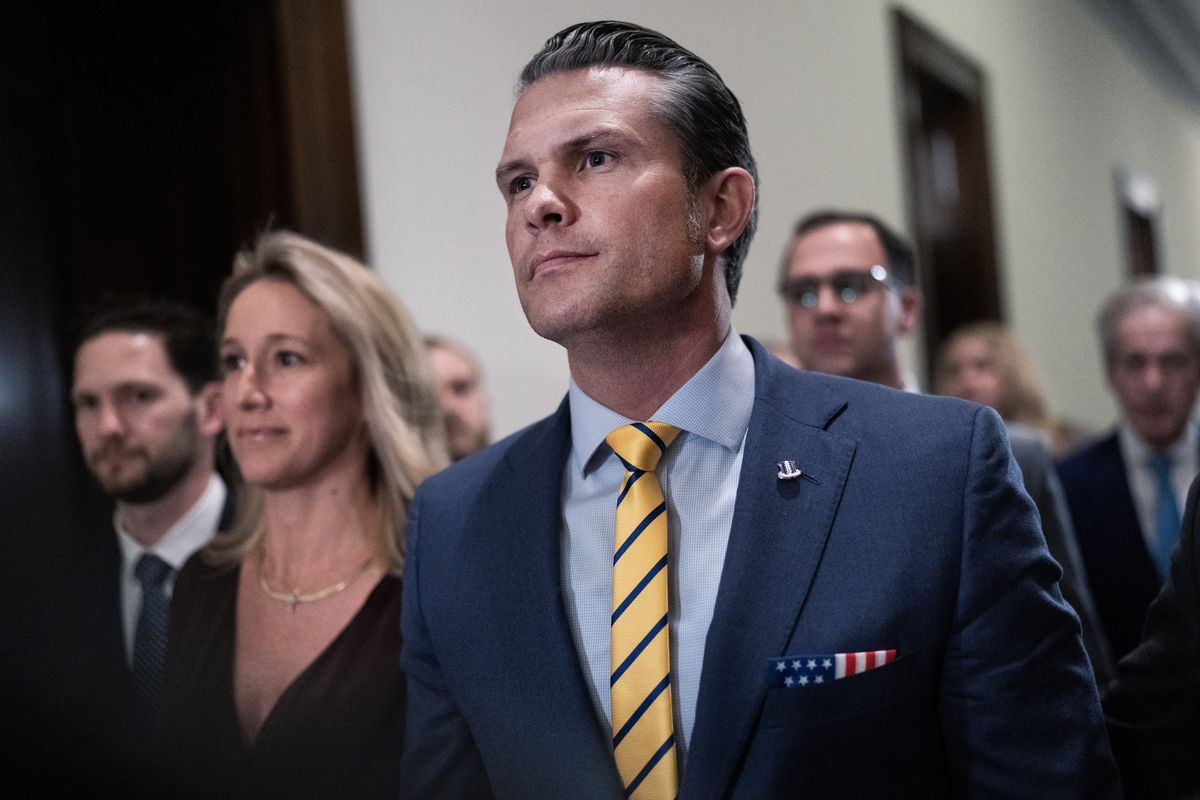

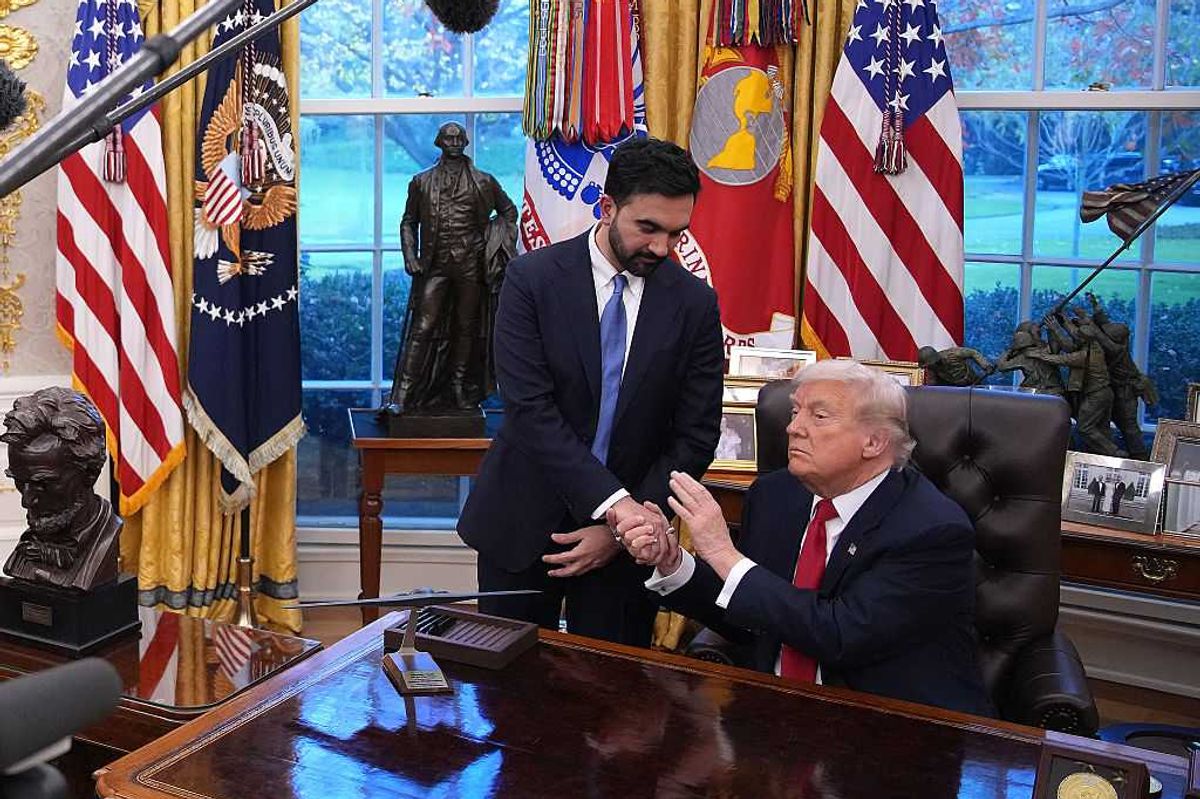

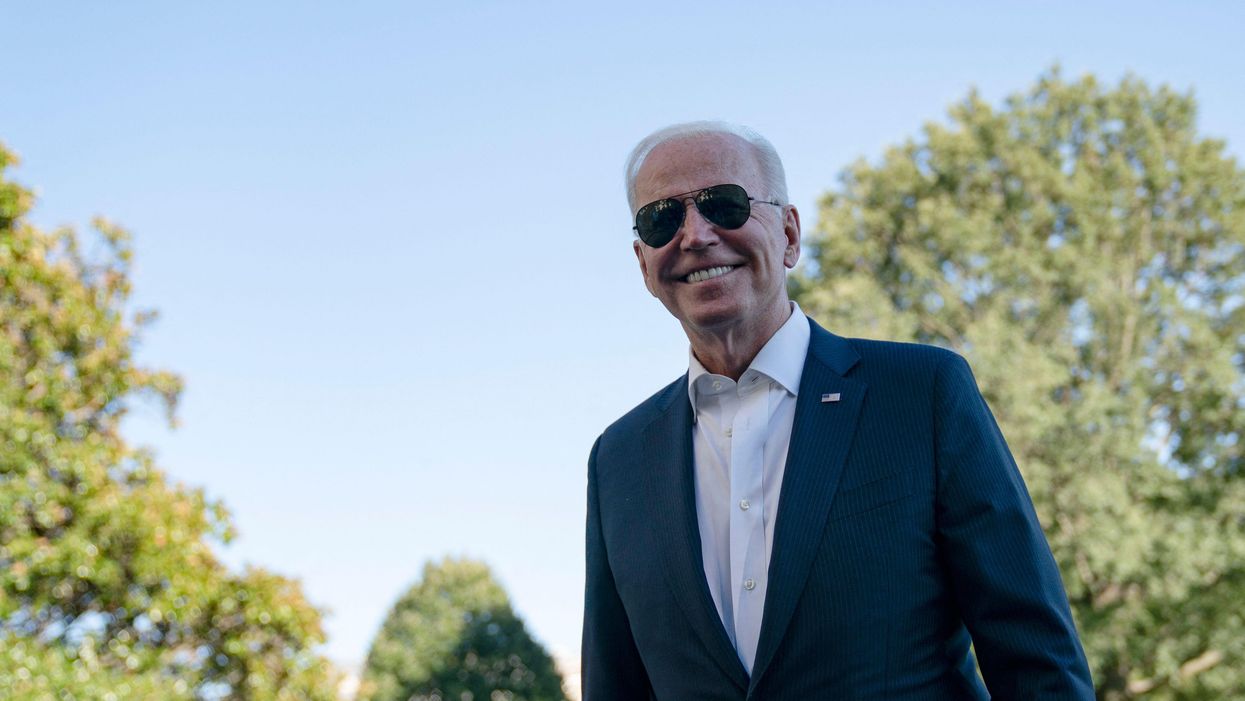



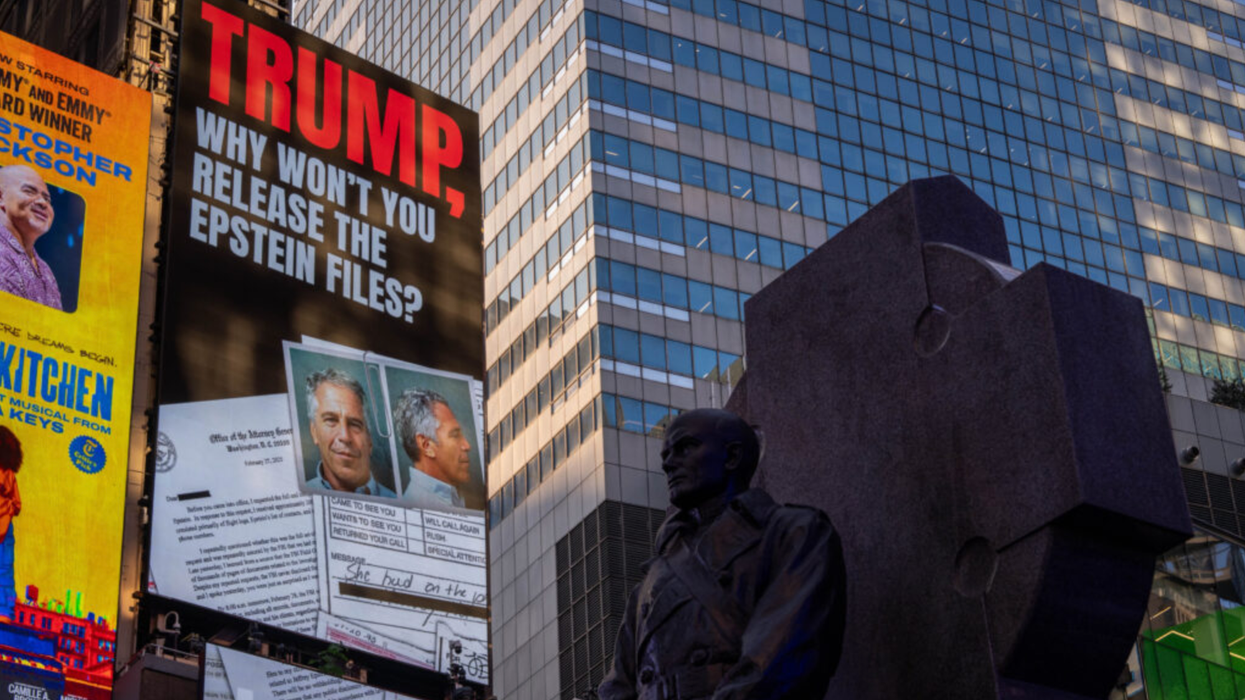
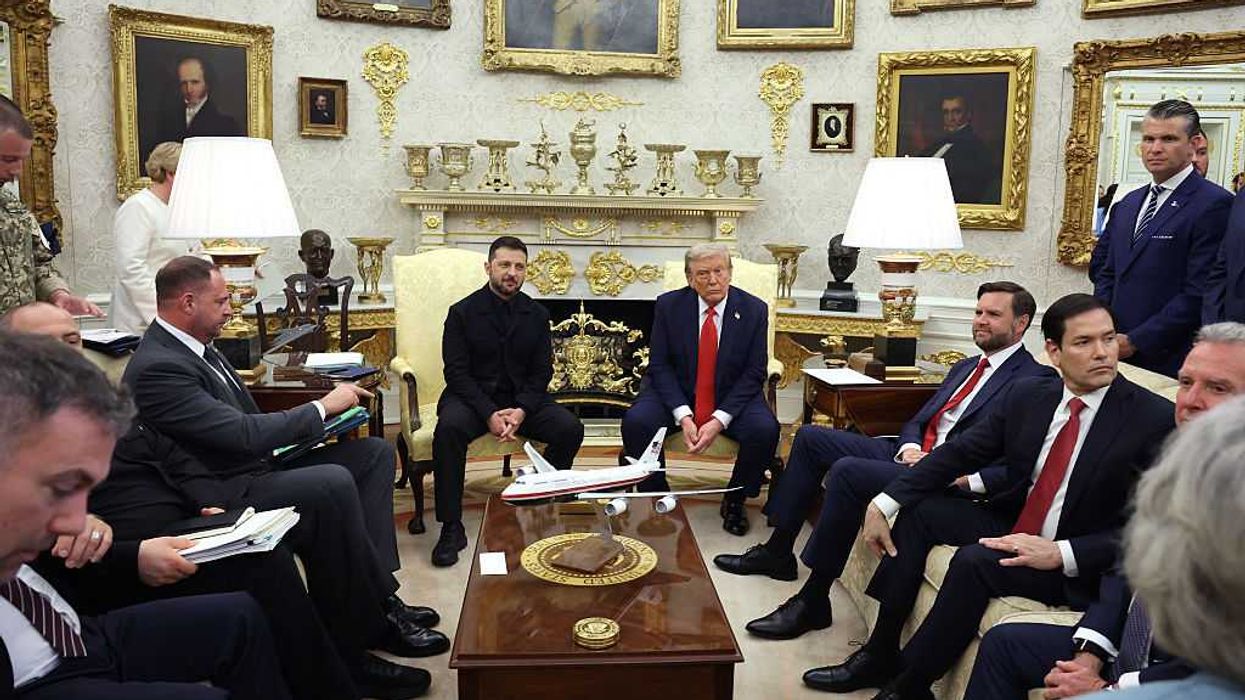







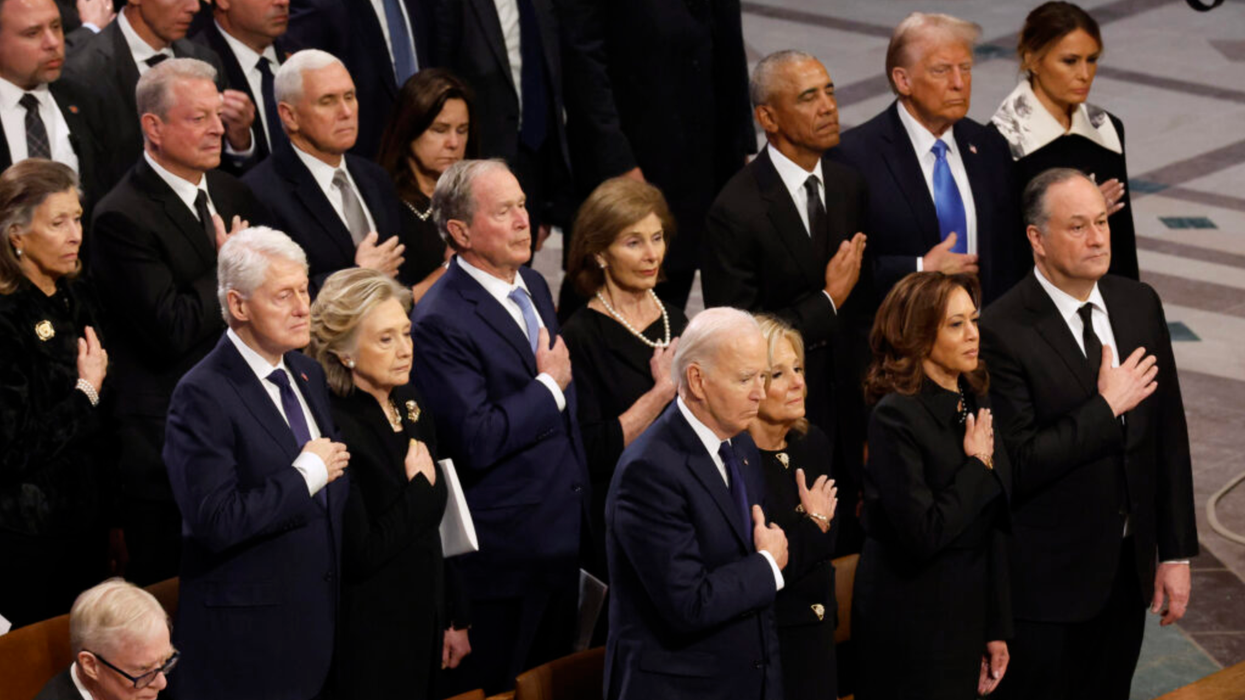

All in This American Family